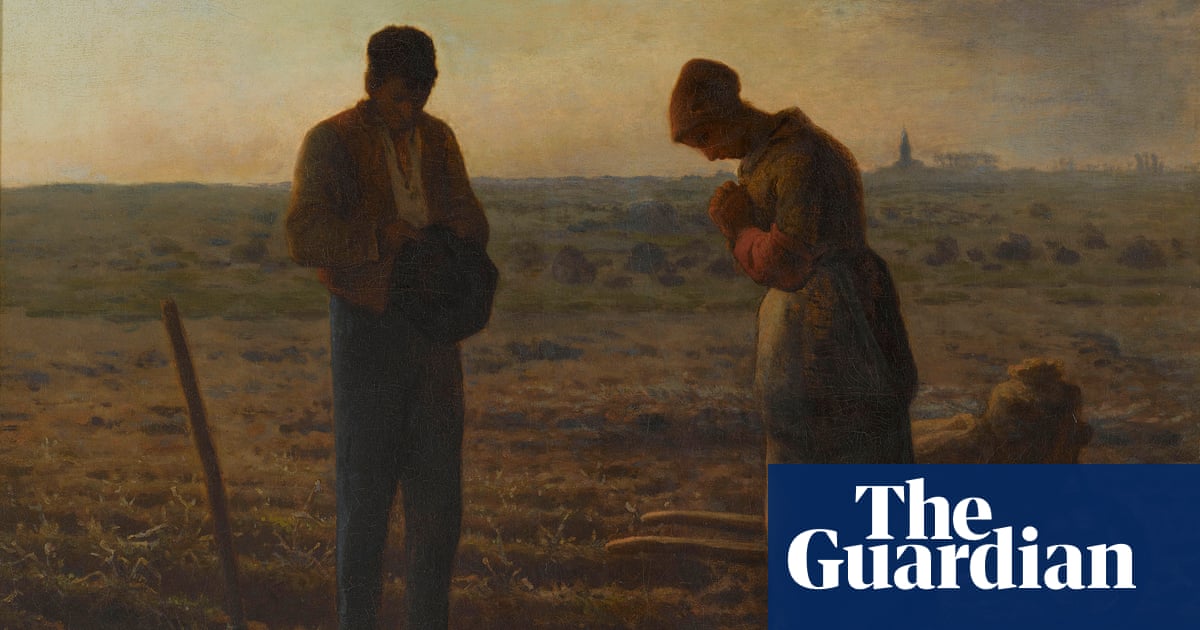
"Dali turns The Angelus into a totem of modern art, exploring themes of obscene sex and family tragedy through surreal representations of Millet's original pious couple."
"The Angelus, painted by Millet, became hugely popular and was widely reproduced in the 1800s; it later passed to the Louvre and is now featured in a major exhibition."
Salvador Dali reinterprets Jean-Francois Millet's painting The Angelus, initially depicting a pious couple at prayer, into a modern surrealist masterpiece. Dali sees themes of perversion and tragedy in the artwork, depicting the couple with agricultural implements and as mummified figures in his different interpretations. The painting gained enormous popularity in the 19th century, passing through private collections before being acquired by the Louvre. It also suffered an attack in 1932. Artists like Van Gogh revered The Angelus, showcasing its profound impact on the viewers' perception of art.
Read at www.theguardian.com
Unable to calculate read time
Collection
[
|
...
]